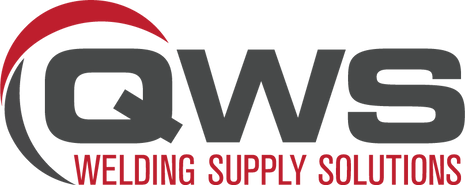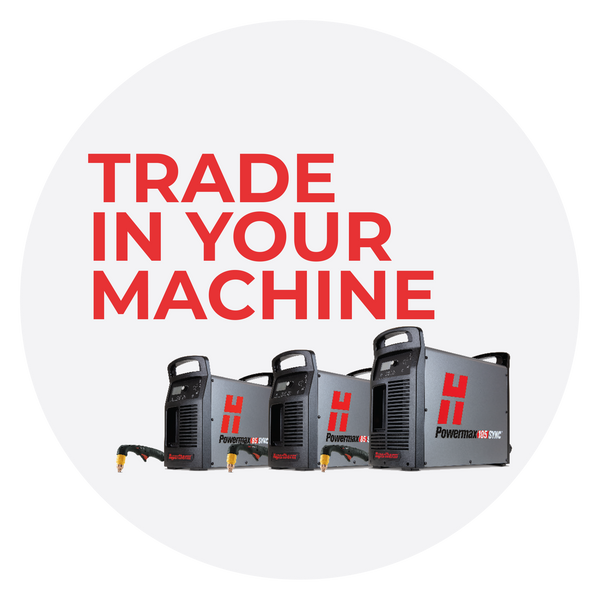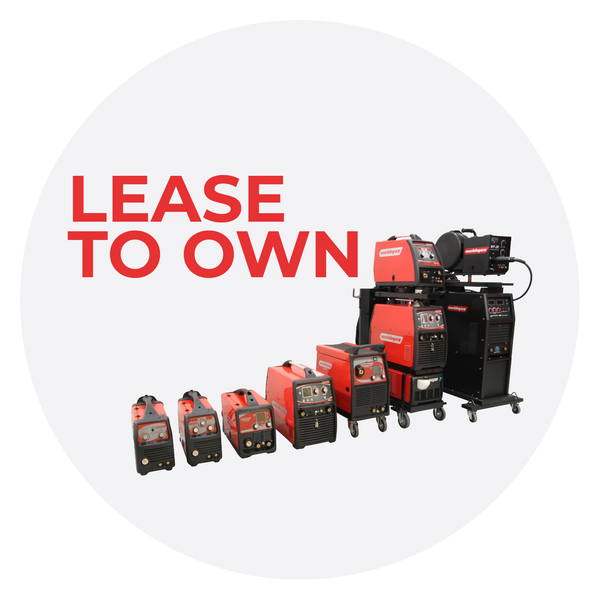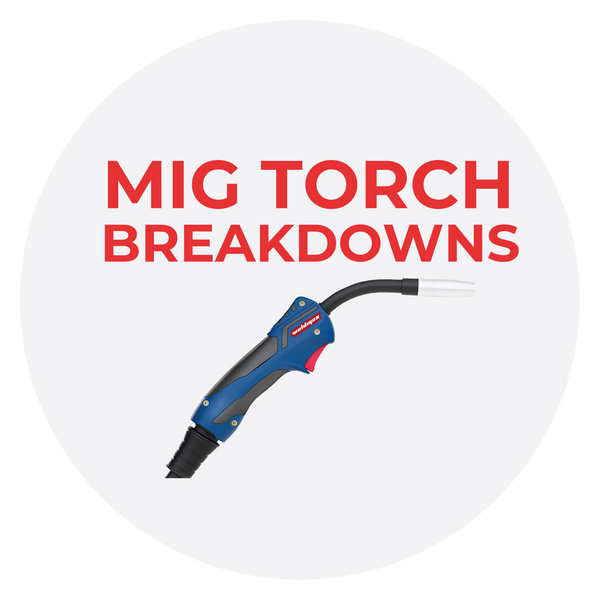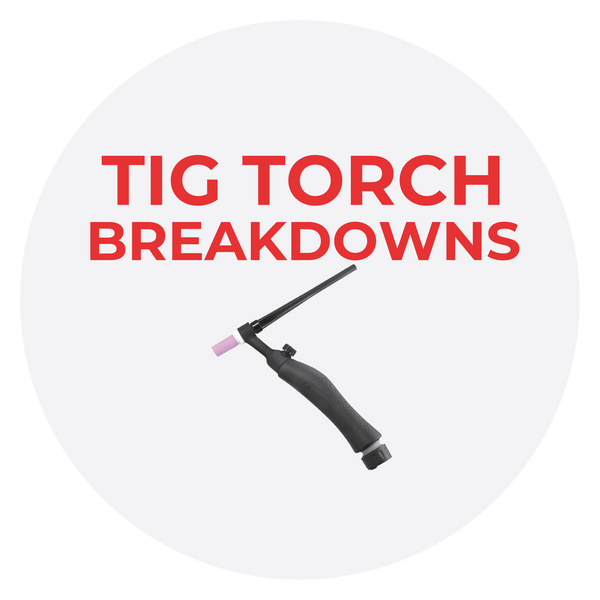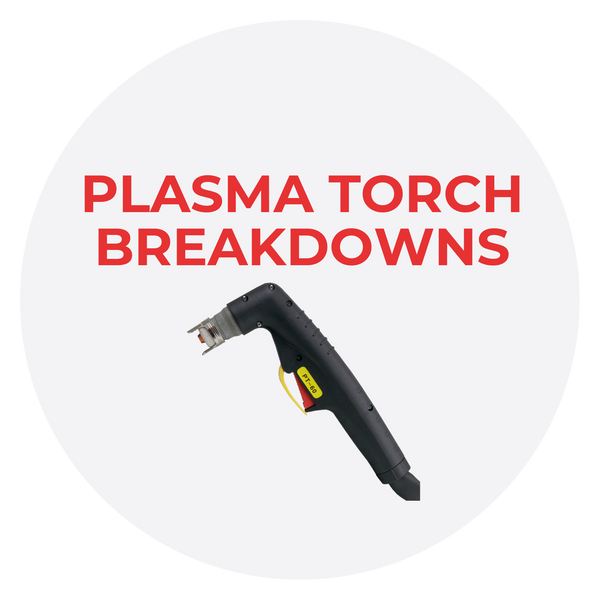
NEW-AGE HEAVY METAL
NEW-AGE HEAVY METAL
AUTOMOTIVE SHEET METAL FABRICATION FOR THE 21ST CENTURY ----- OR IS IT?
Remember standing in a dark, cold, cluttered shop two years ago looking at a car project with unlimited potential. It was one of those projects that get a gearhead’s heart beating fast. - There was just one problem: the fabricator. He was a young guy who wanted to do things the way they were done back in the 1950s and 60s -- the days of “real hot rodding,” he said.
Fun with Electrons
I smiled but inside I was cringing. Anyone who was doing sheet metal fabrication and restoration back then knew just how restricted the techniques were, due to the limitations of some of the equipment. Plus, automotive sheet metal back in the 50s was completely different from sheet metal of the 60s and later. Equipment needed to change with the material.
There are some pieces of automotive fabrication equipment that are timeless and if properly taken care of, are actually as good or better than most of what is currently available now. Bending brakes, shears, English wheels, planishing hammers, bead rollers, shrinkers, Bridgeport milling machines and Logan lathes are examples of older equipment that perform as well as newer equipment.
But when it comes to equipment with electrical circuitry, there is no equal for equipment with the latest technology. And I have some experience in this area.
Back in the mid-1980s, I worked at several companies as a welder/fabricator. At a hot rod parts manufacturer in Wallingford, Connecticut, my first job was to cut out parts using a plasma cutting system. I immediately hated it. Not only did the loud machine produce sparks that flew everywhere, but the edges of the parts were also so rough, I had to spend hours grinding them smooth.
After two days I’d had enough, so I screwed up some parts and they moved me to a welder. I never wanted to plasma cut again.
Twenty-four years later I tried out a new technology plasma system and was blown away by the difference. The quiet machine produced cleanly cut edges and the sparks were kept to a minimum. Of course, the quality of the equipment can make all the difference in the results. I was using Hypertherm’s Powermax45 Plasma System manufactures in the U.S.
One big difference between the old and new plasma technology? Powermax systems have patented drag tip torch, which means you can drag the tip right along the surface of the metal. No more shakily holding the torch just above the metal. It makes it so much easier.
I found that the Powermax45 served all the plasma cutting needs of my custom shop and I have had great success using the Powermax45 for the past two years. What I like most about it are the three different settings: regular cutting for most cutting duties like completely removing a quarter panel or floor pan, Chopping a roof and trimming the ends off a bumper; gouge mode for carefully carving away rusted bolt heads and old welds; and expanded metal mode for cutting away rusted sections of panels, which comes in very handy for restoration work.
Plasma systems also make it easy to cut out new metal pieces like new panels or brackets for custom projects quicker than a band saw. Need to cut a rectangular section from a large piece of material? Measure it off, clamp any straight metal edge along the desired cut line. The result will be perfectly straight, smooth edges on the newly cut piece.
Last year Hypertherm released the Powermax30 XP, which can cut up to 5/8 inch metal. It has the capability needed for thick metal cutting, yet it can also be used for fine detailed, thin metal with its FineCut Consumables. It’s a 30 amp machine that plugs into a 110. It’s a very portable unit that can accomplish most of what the bigger guys do.
Hypertherm also came out with its HyAccess extended consumables for the Powermax torches that are longer and have narrower tips than regular consumables. It makes it easy to get into tight places with limited access. Plus, the narrow tips make it even easier to use templates when cutting out shapes.
Serious Fabrication
And that’s what it’s all about-----making our job easier and more enjoyable.
Another piece of equipment in my shop that has changed is the welding machine. I’ve always used miller welders and our old Syncrowave water-cooled 250 still does a great job, but at almost 400 pounds it’s not very portable.
I’ve been using Miller’s very portable Diversion 180 Air-cooled TIG for two years now. Twenty-five years ago, an air-cooled TIG machine was something I did not want to work with. But Diversion 180 has been a joy to use. Seriously, at 50 pounds it’s smaller than a large suitcase and can plug into both 220 and 110. It’s also easy to set up and use; two settings, choose your material and dial in the amps.
It takes care of almost every welding need in my shop, from welding on restoration replacement panels to creating custom parts.
I only wish the kid I talked about in the opening paragraph had not been so close-minded when it came to newer equipment. I also reached out to two legendary fabricators and asked them about what they use in their shops and how they feel about this subject.
Most folks reading this know Ray McClelland of Full Throttle Kustomz. Ray has decades of all kinds of automotive fabrication experience, from restoration to full-blown custom. He was one of the two lead techs on Speed Network’s Car Warriors, Where he helped guide teams through their 48-hour builds.
“I think automotive fabrication has become a lot more popular,” Ray says. “And it’s good to see a return to that, as many products have been made overseas in the last 15-20 years. People would make a one0off part and then send it to China and have it reproduced. My company specializes in custom turbo kits and brackets. But as far as tooling, much of what we use has been around for a long time. Things like benders have more features, but they are still pretty much the same. For me, It’s more about the creative mind and how to get the job done; make stuff happen,” he says.
“I used to have an old 110 welder years ago and it was really hard to do anything. I had nothing but problems with it. And it didn’t work at all on thick material. I now have a 140 Miller MIG and a Diversion 180. It’s easy. They’re compact and for the majority of the stuff we do, they work really well” he adds. “I have some bigger Lincoln machines, but I rarely cart those around. It’s more about the smaller stuff. In my world, the smaller machines work as well as the bigger. Years ago we needed to use that 220 current, but not it can be done with 110.”
When asked about cutting metal, Ray said, “It’s all about time and effort. It’s a no-brainer to use plasma.”
Ray talked about the 4x4 plasma cutting tables that are available.
“Create a little design I the computer, shoot it out, walk away and it’s cutting it out for you. A small shop can manufacture its own parts. Companies are making it nicer in terms of bringing down the costs of the equipment, making smaller units do more. Shops can now do things they couldn’t do nearly as easily years ago.”
Ray also has some equipment advice for those who are looking to get serious with the fabrication in their shop.
“Pick an area where you have the most talent and focus on that area to make your money first and then expand later. And remember, you get what you pay for. It’s the difference between a Chevette and a Cadillac. The discount tool stores are more geared toward the backyard enthusiast. Their equipment is not meant to be used heavily day-to-day, week-to-week; it just doesn’t last. Even right down to the sockets, the ratchets and the wrenches. There’s something to be said for buying a name-brand tool.”
When asked about milling equipment in the shop, Ray had some wise advice for shop owners with limited budgets.
“I don’t have a Bridgeport.” He said. “It all depends on your shop’s needs. For the five or six times a year I need something milled, It’s just easier to contract it out to a local machine shop. Don’t spend money on equipment you don’t have an ongoing use for. Besides eating your budget, it takes up valuable shop space.”
New & Improved
And it’s not just about the welders and cutting systems. There are many great fabrication tool that a shop owner might not have thought they would use.
For example, when performing custom sheet metal fabrication, English wheels and bead rollers allow you to create just about any kind of surface or shape needed. You can make custom-designed scoop or a custom panel to weld onto and change the shape and design of a stock fender or any panel on a vehicle.
While the design of tools like shears, Bending Brakes and English wheels have not changed much in the last 40 years, their sizes have become a little more convenient and space-efficient. There are many companies that make metalworking tools and the price for an average new English wheel can range from $400 to $2,000 or more.
If buying new, shop around and find the tool that best suits your needs first. A $600 tool that doesn’t work properly is time and money wasted when spending another $400 or $500 would have gotten you a tool that would do the job for years. A $150 bead roller will always work like a $150 tool; it will never work as well as the better quality $400 manual bead roller that it copied. Electric bead roller are even better, but again, a good quality roller will have a sensitive foot control worth lots of lots of power at a very low speed. Expect to pay around $1,000 and up.
And cheap equipment is made from cheap materials. That means the dies for these tools do not hold up.
When buying used equipment, have as much knowledge as possible about the tool before you go to look at it. With all the information available online, there’s no excuse for being unprepared. Know what to look for. For bead rollers and English wheels, make sure the rollers move smoothly, that there’s no end play, that bushings are still tight and nothing feels loose, and that dies is not worn. There are online metalworking forums where you can log in and ask questions about a tool or piece of equipment you’re thinking of buying.
The one theme that keeps repeating on these forums when it comes to new equipment is something Ray spoke of----discount tools are no bargain.
Oh, Know!
In the spirit of being open-minded, the importance of knowledge and training cannot be emphasized enough. Some companies do provide classroom-style training, but almost every company has online tutorial videos that anyone can access.
YouTube is another great resource for training information. From welding to cutting metal forming with bead rollers and brakes, the informational videos are there. There’s nothing like using a well-made tool for the job whether it was made last week or 40 years ago. Take the time to carefully research your equipment needs and make time to spend in your shop much more enjoyable.
In keeping with the 21st-century theme here, I’ll close with a very different take on the subject; that is, how the fabricators have changed.
Alan Lee of Alan Lee Designs is an award-winning car and bike builder and repeated much of what Ray had said, but he added that many of today’s fabricators themselves are very different than their predecessors.
“Many people get into customizing for the wrong reasons. Instead of doing it because they have the passion, they see a show on TV and they think they will do this and become rich and famous. They do it for their ego or because they think they will get a TV show.”
Alan feels this kind of thinking kills the creative process.
“This business has changed because there is the TV exposure that didn’t exist years ago. Never forget, the most important element in the fabrication shop is the fabricator.”
See the range of Hypertherm products here
Free Plasma cutting demonstrations on all machines.
